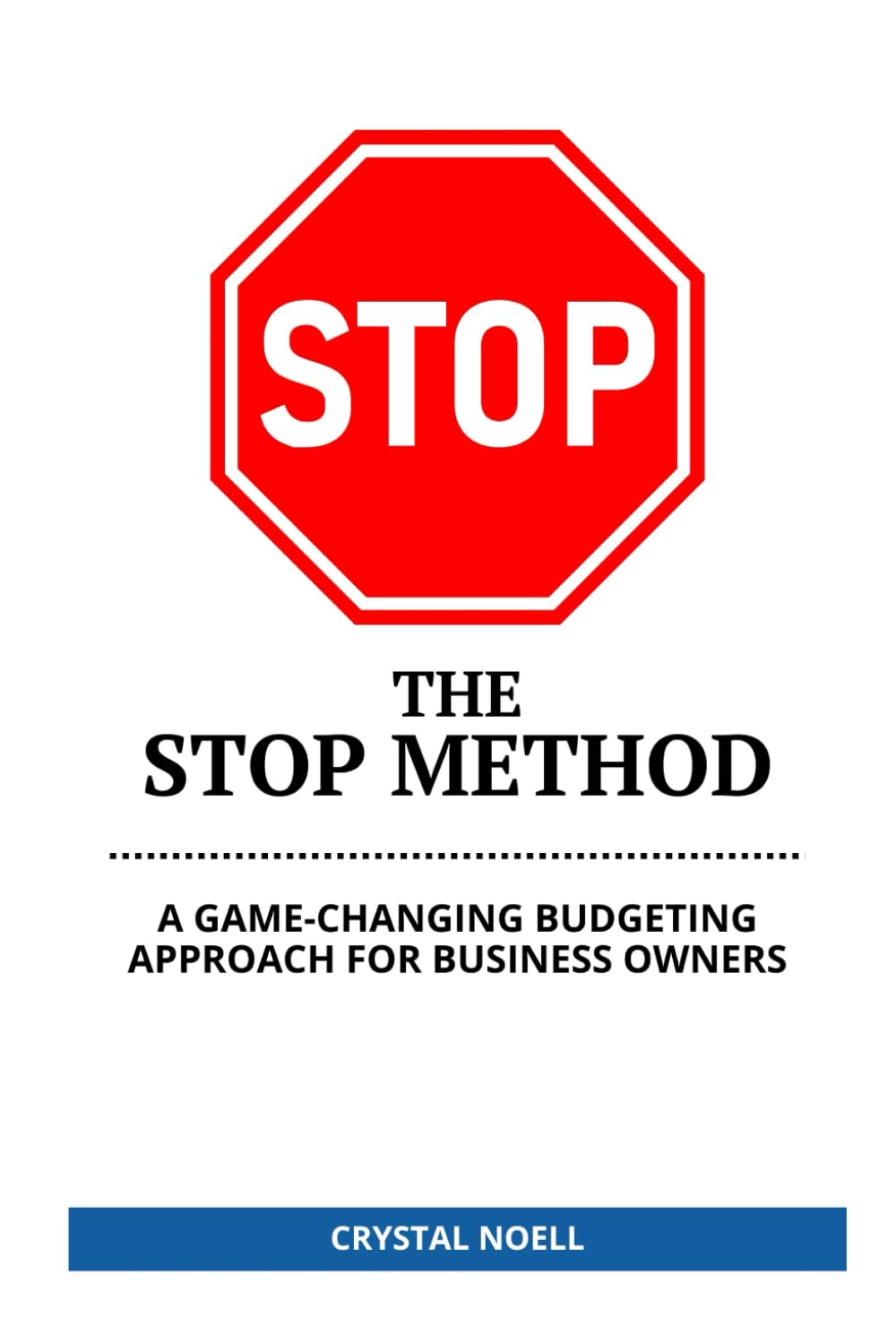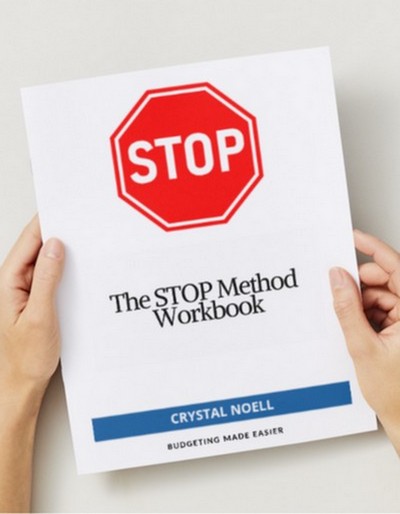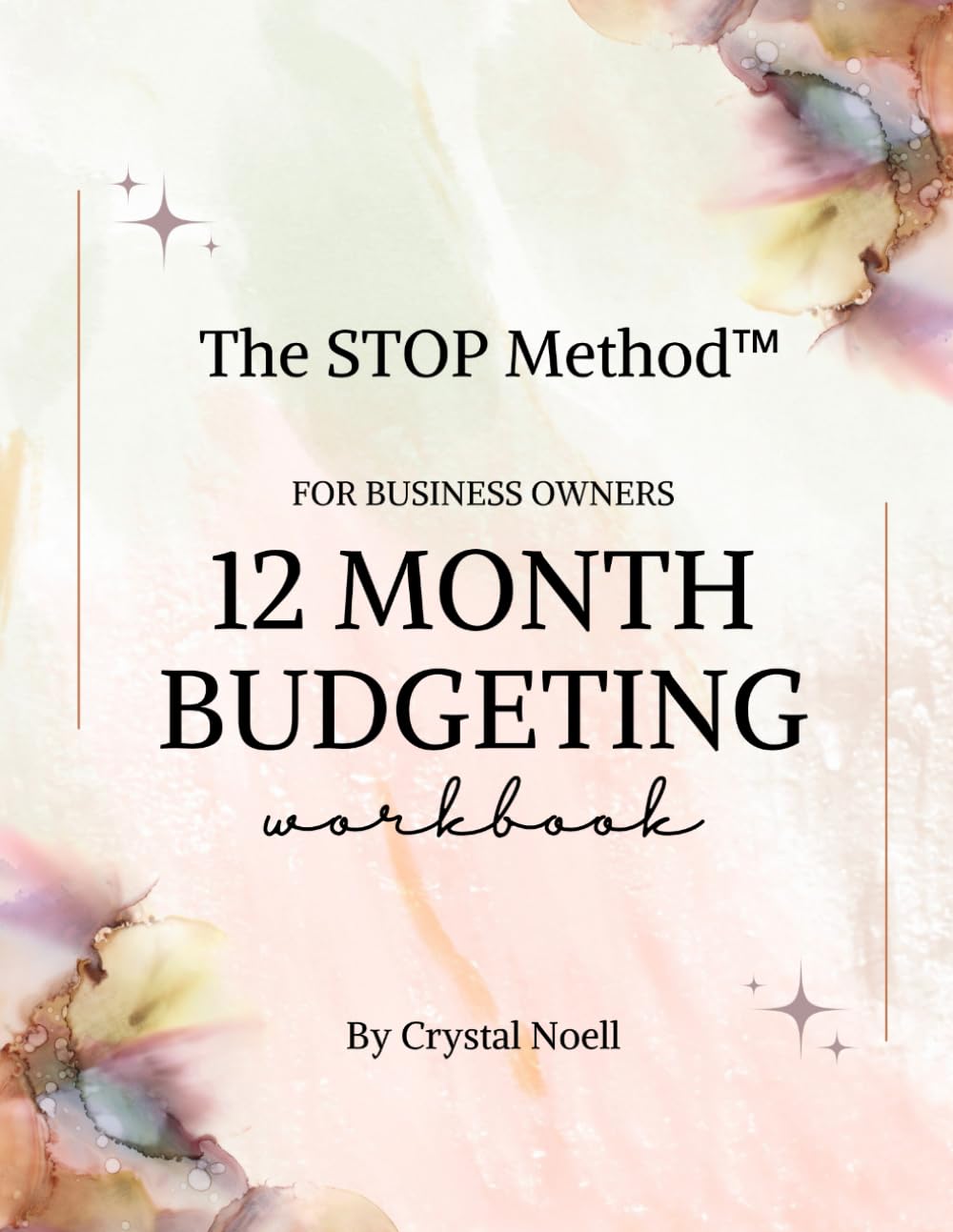
We’re about to turn your big, beautiful goals into math you can trust. A budget isn’t a cage. It’s not meant to limit you or make you feel less than.
It’s a compass. It gives your dreams a plan and your money a mission. When you attach a real forecast to your vision, you stop emotional spending and start long-term thinking. You stop repeating old money stories or self-limiting beliefs passed down by family. You start shifting how you see money, realizing that your budget isn’t punishment; it’s your dream in manifestation format.
Begin With Your Vision First
Before I touch a spreadsheet, I start with clarity. I write down what I truly want to achieve as a business owner:
• What I want my salary to be
• What I want to pay my team
• What I truly want to offer the world
• What I want my schedule to look like
Then, I attach a number, a vision, and a date to each one. Once your dream has a date attached, your decisions get sharper. You’ll have data and direction behind every “yes,” and you’ll stop saying yes to what doesn’t align with your true vision for your business.
The EPI Budget That Actually Works
Most entrepreneurs overcomplicate budgeting. But when you use my simple EPI Formula (Expenses + Profit = Income), you’ll finally see what your business truly needs to operate sustainably and what profit margin you need to scale with confidence.
Forecast Three Paths: Status Quo, Stretch, and Caution
Forecasting isn’t about predicting the future, it’s about visualizing it.
Create three versions so you’re ready for any season:
• Status Quo: Steady, consistent growth
• Stretch: Significant expansion or new opportunities
• Caution: If sales dip or costs rise unexpectedly
As the business owner, your job is to be ready for the “what if” scenarios. When you plan three versions, you gain the flexibility to pivot instead of panic.
Cash Flow Lives on a Calendar
Profit is a report. Cash flow is a rhythm.
Map your inflows and outflows by date:
• Accounts Receivable (when money arrives)
• Expenses and Accounts Payable (when money leaves)
• Payroll
• Taxes
If your payables hit before your receivables, shift your terms or adjust your billing schedule. Calm, predictable cash doesn’t come from hustle, it comes from timing.
Schedule a Weekly Money Date
Give your business twenty intentional minutes each week. Review your budget vs. actuals, compare income and expenses to last month and last year, and forecast four weeks ahead. Then, choose one action that improves cash flow or margin. Consistency, not intensity, builds lasting financial momentum.
Common Pitfalls I See (and How to Avoid Them)
- Five systems telling five stories: Choose one source of truth and reconcile weekly. I recommend QuickBooks Online, I love their budget vs. actuals report.
- Big dreams without dates: Set clear milestones where time and money meet.
- Discounts born from panic: Price for value, not fear.
- Hiring from hope: Build three months of payroll reserves before expanding your team.
A Final Word From Your Favorite Accountant 🧡
Budgets aren’t restrictions, they’re reflections of what you care about most. Forecasts aren’t crystal balls, they’re headlights illuminating the road ahead so you can lead with intention.
When you write your dream in numbers, you gain clarity, confidence, and control.
And if you’re ready for a co-pilot to help you turn that dream into a strategy that actually works, My CFO is here to help.
✅ Hire us for bookkeeping if you want your numbers handled and your budget built for growth.
👩💻 Join my One Million Dollar Blueprint™ Masterclass if you’re ready to strengthen your financial leadership but not quite ready to hire a CFO.
📚 Grab my book + workbook on Amazon to walk through the process step by step and create your own budget plan with confidence.
👉 Because at the end of the day, cash flow isn’t luck, it’s strategy.



